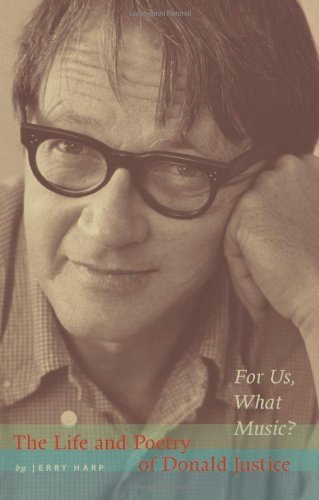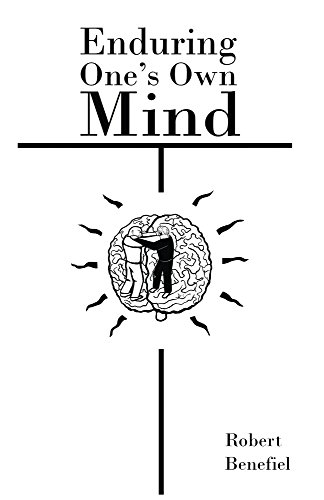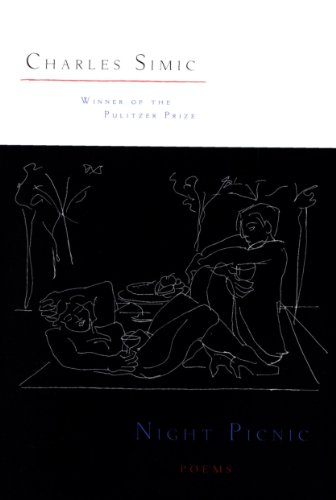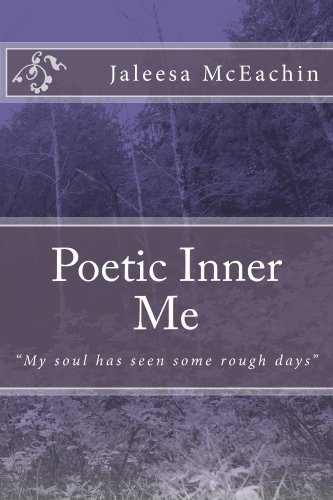
By Afaa Michael Weaver
Download e-book for iPad: For Us, What Music?: The Life and Poetry of Donald Justice by Jerry Harp

By Jerry Harp
When Donald Justice wrote in “On an image by way of Burchfield” that “art retains lengthy hours,” he could have been describing his personal lifestyles. even though he early on struggled to discover a stability among his existence and paintings, the latter turned a fashion of experiencing his lifestyles extra deeply. He came across which means in human adventure by way of employing conventional spiritual language to his inventive vocation. significant to his paintings was once the interpretation of the language of devotion to a realized American vernacular. paintings not just supplied him with a wealth of intrinsically valuable studies but additionally granted wealthy and nuanced methods of experiencing, knowing, and being on this planet. For Donald Justice—recipient of a few of poetry’s maximum laurels, together with the Pulitzer Prize, the Bollingen Prize, and the Lannan Literary Award for Poetry—art used to be a manner of life.
Because Jerry Harp used to be Justice’s pupil, his own wisdom of his subject—combined together with his deep knowing of Justice’s oeuvre—works to amazing virtue in For Us, What Music? Harp reads with prepared intelligence, putting every one poem in the designated ancient second it used to be written and finding it within the context of the literary culture in which Justice labored. during the textual content runs the narrative of Justice’s existence, tying jointly the poems and informing Harp’s interpretation of them. For Us, What Music? can provide readers a amazing realizing of 1 of America’s maximum poets.
Edgar Folks's The Black Book Diary "The Art of Creative Writing" PDF

By Edgar Folks
Get Tracks on Damp Sand PDF

By Franco Pagnucci
Enduring One's Own Mind by Robert Benefiel PDF

By Robert Benefiel
Michael Golston's Poetic Machinations: Allegory, Surrealism, and Postmodern PDF

By Michael Golston
The form, lineation, and prosody of postmodern poems are extravagantly artistic, imbuing their shape with as a lot that means as their content material. via a survey of yank poetry and poetics from the tip of worldwide conflict II to the current, Michael Golston lines the proliferation of those experiments to a starting to be fascination with allegory in philosophy, linguistics, serious idea, and aesthetics, introducing new techniques for studying American poetry whereas embedding its formal recommendations in the background of highbrow thought.
Beginning with Walter Benjamin's specific knowing of Surrealism as an allegorical artwork, Golston defines a unique engagement with allegory between philosophers, theorists, and critics from 1950 to this day. examining Fredric Jameson, Angus Fletcher, Roland Barthes, and Craig Owens, and dealing with the semiotics of Charles Sanders Pierce, Golston develops a thought of allegory he then applies to the poems of Louis Zukofsky and Lorine Niedecker, who, he argues, wrote based on the Surrealists; the poems of John Ashbery and Clark Coolidge, who included formal elements of filmmaking and images into their paintings; the groundbreaking configurations of P. Inman, Lyn Hejinian, Myung Mi Kim, and the Language poets; Susan Howe's "Pierce-Arrow," which he submits to semiotic research; and the recommendations of Craig Dworkin and the conceptualists. Revitalizing what many deliberate to be a staid rhetorical trope, Golston positions allegory as an inventive catalyst in the back of postwar American poetry's avant-garde achievements.
Download PDF by Charles Simic: Night Picnic: Poems

By Charles Simic
"What is beautiful," he writes in a single poem, "is stumbled on by accident and never wanted. what's appealing is well lost." Simic is the metaphysician of the normal, a poet who reminds us of the mysteries of our day-by-day lives.
Get Money Shot (Wesleyan Poetry Series) PDF

By Rae Armantrout
Download e-book for iPad: Still Point by E Martin Nolan

By E Martin Nolan
Jaleesa McEachin's Poetic Inner Me PDF

By Jaleesa McEachin